The importance of green transition for sustainable growth and development
Green transformation is the development of the country's socio -economic with low to very low emissions based on green development standards, economical and efficient use of natural resources, use of clean and renewable energy sources, operating production and business activities that are friendly to the environment and human health, and preventing the loss of biodiversity. Green transformation is not only about developing and applying technology towards a green environment, but also about changing production and business processes towards a green economy, circular economy, digital economy, digital society, digital citizens... Green transformation aims at sustainable development with three pillars: Green economy, green society, green environment.
In Vietnam, sustainable development has been the consistent viewpoint of our Party since the implementation of the renovation process until now. Right from the 6th Congress, when the economy was still facing many difficulties, our Party proposed a renewal policy, including renewing the thinking on sustainable development of the country. At the 7th Congress, for the first time the Party affirmed the viewpoint of closely, harmoniously and reasonably combining economic development with social development. This is a new step in the Party's thinking on sustainable development in our country, in line with the common viewpoint of the world. At the 8th Congress, the Party officially used the concept of "sustainable development", including closely, harmoniously and reasonably combining economic growth, ensuring progress, social justice, environmental protection with sustainable development in culture, education , science - technology and strengthening national defense - security.
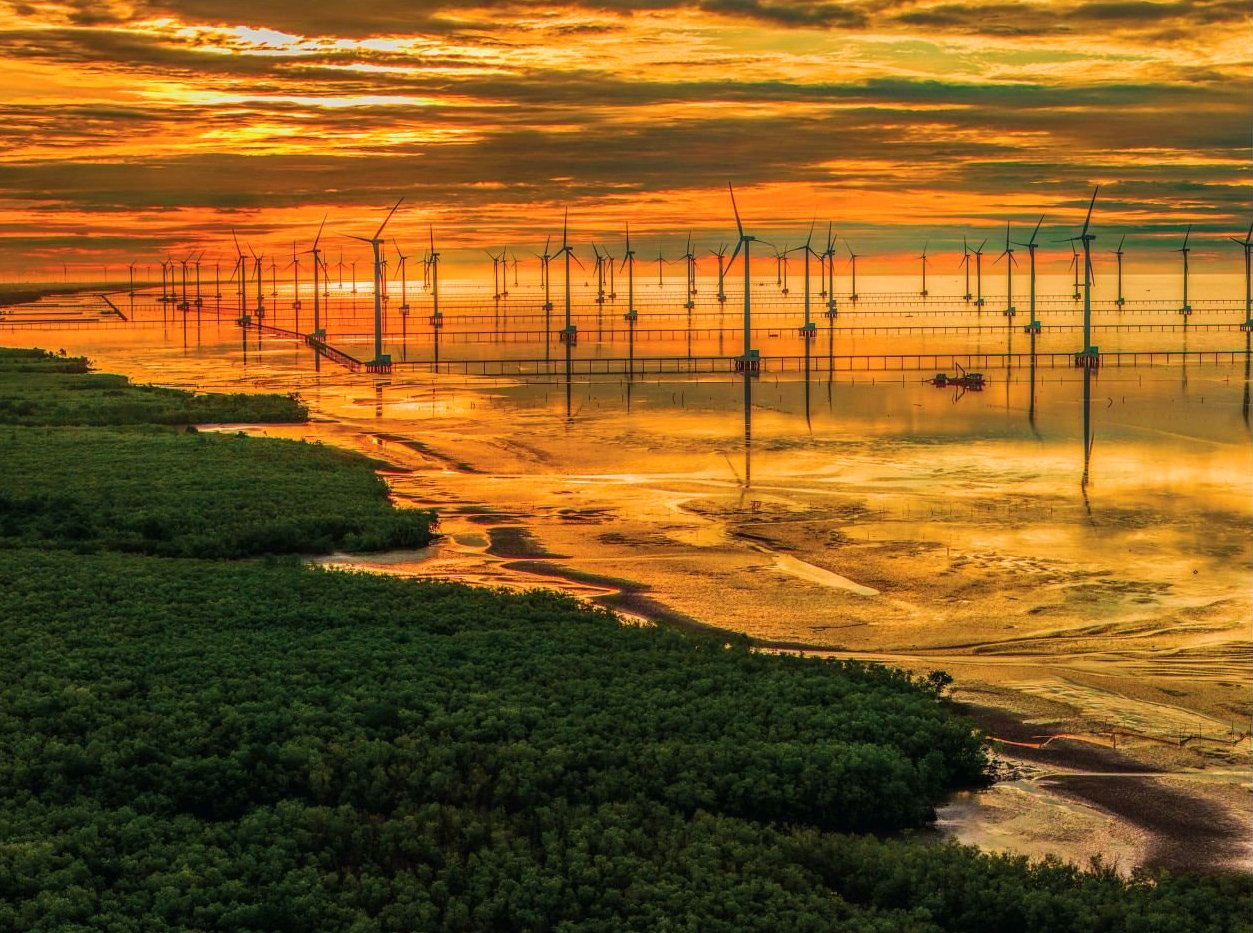
Dawn on the wind power field in Ca Mau province_Source: nhiepanhdoisong.vn
The Platform for National Construction in the Transitional Period to Socialism (Supplemented and Developed in 2011) clearly states: "Building an advanced Vietnamese culture, imbued with national identity, comprehensive development, unity in diversity, deeply imbued with the spirit of humanity, democracy, and progress; making culture closely linked and permeate the entire social life, becoming a solid spiritual foundation, an important endogenous strength of development" (1) . The 10-year socio-economic development strategy 2011 - 2020 sets out 5 major viewpoints on rapid development and sustainable development, in which the first development viewpoint affirms: "Rapid development is associated with sustainable development, sustainable development is a consistent requirement in the Strategy" (2); The 10-year socio-economic development strategy 2021 - 2030 also sets out 5 major viewpoints. It can be seen that the viewpoints, directly or indirectly, consistently demonstrate the goal of economic development in harmony with cultural development and closely linked to the implementation of social progress and equity, and sustainable environmental protection. The first development viewpoint in the 10-year Socio-Economic Development Strategy 2021 - 2030 affirms: "Fast and sustainable development relies mainly on science and technology, innovation and digital transformation" (3).
Thoroughly grasping and effectively implementing the viewpoint expressed in the Document of the 13th National Party Congress “closely and harmoniously linking economic, cultural and social development with strengthening national defense, security and environmental protection…”(4) is of great significance in the current situation. This is a viewpoint that deeply reflects the principled issue of the dialectical relationship in carrying out the task of building and protecting the Fatherland. In practice, closely and harmoniously combining economic, cultural and social development with strengthening national defense and security in strategic areas has been achieving practical results, becoming a prerequisite to ensure the comprehensive mobilization of resources, potentials, advantages, etc. to build and develop each region, locality and the country to develop rapidly and sustainably.
Thus, the viewpoint on sustainable development continues to be perfected and unified. Sustainable development must include sustainable development of all three pillars: sustainable economic development, sustainable social development, and sustainable environmental protection.
Sustainable development, green transformation is for people, serving people; making people's material and spiritual life increasingly improved, people not only have a high material standard of living but also live in a natural environment, a good, clean, peaceful and happy social environment. Sustainable development is a development process that closely, harmoniously and reasonably combines three factors, including sustainable economic development, equitable social development, and sustainable environmental protection.
Our Party's viewpoint on sustainable development and green transformation has been concretized in Resolution No. 24-NQ/TW, dated June 3, 2013, of the 11th Central Executive Committee, "On proactively responding to climate change, strengthening resource management and environmental protection" and after 5 years of implementing Resolution No. 24-NQ/TW, the Politburo issued Conclusion No. 56-KL/TW, dated August 23, 2019, "On continuing to implement Resolution No. 7 of the 11th Central Executive Committee on proactively responding to climate change, strengthening resource management and environmental protection”. This is an important orientation for the Prime Minister to promulgate the National Strategy on Green Growth for the 2011-2020 period (Decision No. 1393/QD-TTg) and the National Strategy on Green Growth for the 2021-2030 period (Decision No. 1658/QD-TTg) with a vision to 2050.
Vietnam also ratified and joined the Paris Agreement in 2016 and submitted its Nationally Determined Contribution (NDC) to the United Nations Framework Convention on Climate Change (UNFCCC) in 2020, pledging to reduce greenhouse gas emissions by 9% with domestic resources, equivalent to 83.9 million tons of CO2eq, up to 27% with international resources, equivalent to 250.8 million tons of CO2eq compared to the business-as-usual scenario in the 2021-2030 period. This commitment level in the updated NDC in 2022 has been raised to 15.8% reduction with domestic resources and 43.5% with international resources. The Green Growth Strategy for the period 2021 - 2030, with a vision to 2050, provides specific directions, focusing on promoting greening of production, consumption and lifestyle: 1- Improving efficiency and effectiveness of energy use, reducing energy consumption in production, transportation, trade and industry; 2- Promoting effective exploitation and increasing the proportion of renewable energy sources and new energy in national energy production and consumption; 3- Strongly developing modern, low-emission manufacturing industries; 4- Gradually limiting economic sectors that generate large amounts of waste, causing pollution and environmental degradation, creating conditions for the development of new green manufacturing industries and circular economic sectors; 5- Developing sustainable transport, energy and irrigation infrastructure to ensure water security, capacity to prevent, combat and mitigate natural disasters and respond to climate change and promote economic development; 6- Implement measures to raise awareness and change the community's lifestyle towards a green economy, such as building new rural areas with a lifestyle in harmony with the environment and nature according to good living standards, protecting and developing green, clean, beautiful and civilized landscapes and environments; promoting green and sustainable consumption and shopping through energy labeling, eco-labeling, green labeling programs...; promoting green public procurement.
Challenges in green transformation in Vietnam
Compared to the world's leading countries in green transformation, Vietnam is a country in the process of green transformation. With the advantage of being a latecomer, Vietnam can learn from the experience of countries that have successfully implemented it in the world. In addition, Vietnam also has many geographical advantages in the green transformation process to aim at building a sustainable green economy, achieving the goal of harmonizing economic growth, ensuring social security, and protecting the environment. The benefits that green transformation brings cannot be denied, but green transformation also poses challenges:
Firstly, Vietnam is a country that has just transitioned to a green economy, so it is necessary to continue to conduct research and disseminate knowledge more widely to leaders, policymakers, businesses and people. With a new trend like green transformation, most businesses are still wondering about the potential and challenges when implementing it. Therefore, the implementation process will be more favorable if businesses are fully aware and receive consensus from society.
Second, green transformation or green economy is associated with the use of renewable energy, low carbon, green growth, investment in ecosystem restoration, and livelihood solutions associated with environmental restoration. This is a big challenge for our country because most of the current technology in Vietnam is old, outdated and consumes a lot of energy.
Thirdly, capital mobilization is also a big challenge for Vietnam to realize the goal of building a green economy. Vietnam is a developing country, national savings are still basically low. Therefore, this is a problem that more or less affects the implementation process. In addition, green transformation in Vietnam is quite new, the institutional framework in some areas is not clear, so calling for investment to develop a new model towards a green economy is also quite difficult.
Fourth, the green transition trend in Vietnam is not yet synchronized due to the lack of a clear development strategy and planning. The combination of many challenges hinders the green transition process. Obviously, green transition is a trend, a direction for sustainable economic development, but for developing countries like Vietnam, it is also a challenge.
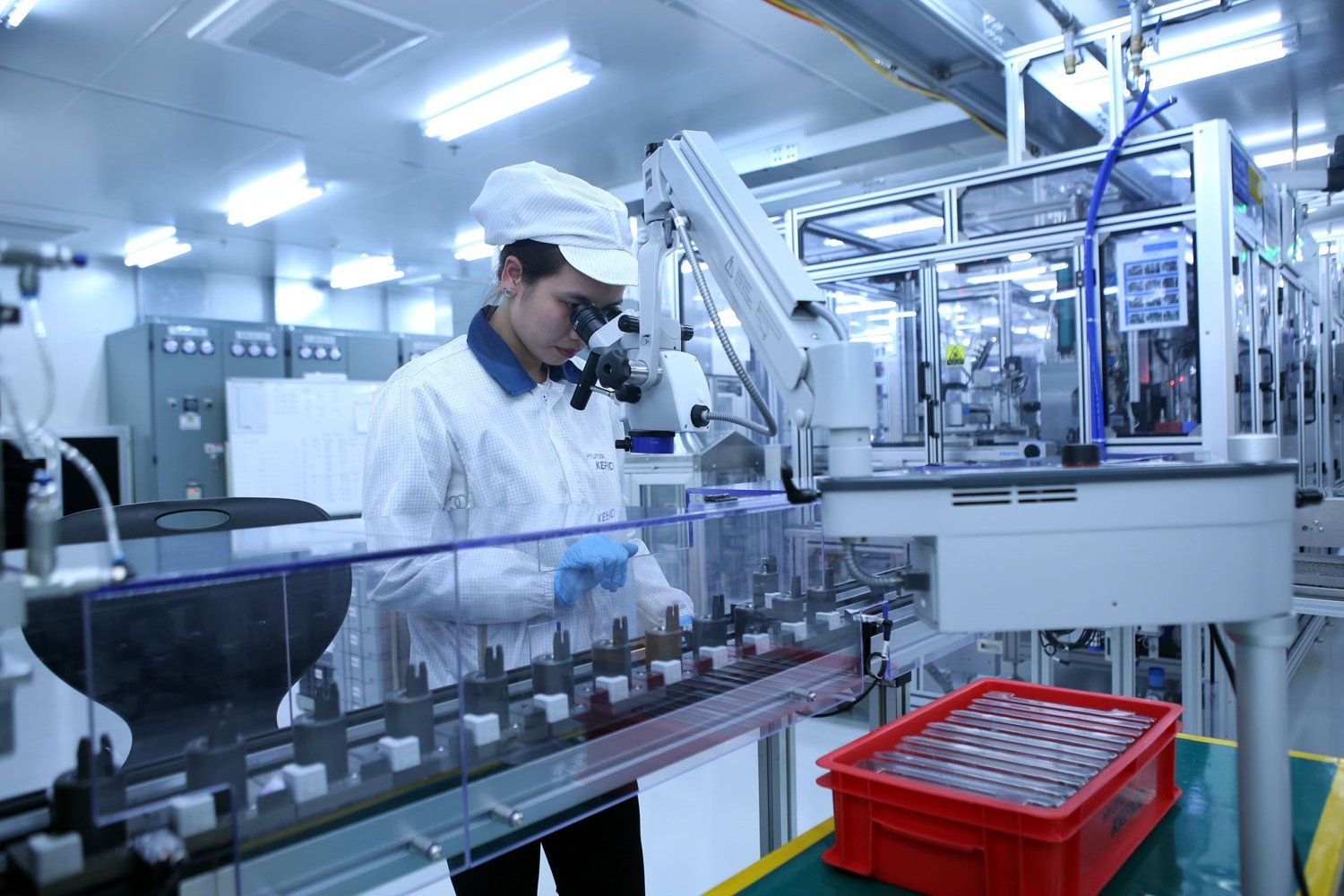
Production line of smart, environmentally friendly sensor products of Hyundai Kefico Vietnam Co., Ltd., invested by South Korea, in Dai An II Industrial Park, Hai Phong city_Photo: VNA
Basic orientation for successful green transformation in Vietnam
First, build strategies, plans, targets for sustainable development and green transformation.
Integrate sustainable development goals and green transformation into the process of formulating annual socio-economic development plans, strategies, policies, and development plans of the country, ministries, branches, and localities. Fully integrate Vietnam's sustainable development goals and green transformation into the content of the Socio-Economic Development Strategy for the 2021-2030 period, the Socio-Economic Development Plan for the 2026-2030 period, and the development plans of sectors and localities for the 2021-2030 period, with a vision to 2045.
Develop and promulgate targets and roadmap for implementing sustainable development goals and green transformation by 2030, with a vision to 2045. Develop and promulgate a database system on sustainable development goals and statistical indicators, green transformation, and a mechanism for collecting information and data to monitor and evaluate the results of implementing sustainable development goals and green transformation in Vietnam. Research and develop innovative data collection and dissemination tools and databases. Effectively operate the database system on sustainable development goals and green transformation; publicize information on the results of implementing sustainable development goals and green transformation to share with relevant parties to effectively exploit this database and to serve policy making. Strengthen the capacity of statistical staff to ensure monitoring, evaluation, and reporting of sustainable development goals and green transformation.
Monitor, evaluate, and report on the implementation of sustainable development goals and green transformation. In 2025, conduct a mid-term assessment of the implementation of the National Action Plan for sustainable development and green transformation for the period 2021 - 2030. By 2030, summarize and evaluate the implementation of sustainable development and green transformation in combination with the assessment of the implementation of the Vietnam 2035 Report and prepare to develop sustainable development goals and green transformation for the period 2035 - 2045.
Second, raise awareness and action of the whole society on sustainable development, green transformation and Vietnam's sustainable development and green transformation goals.
Mobilizing the participation of the entire political system, ministries, branches, localities, agencies, business communities, mass organizations, social organizations, residential communities, and development partners in implementing sustainable development goals and green transformation.
Strengthen the role of the Vietnam Fatherland Front and its member organizations in monitoring implementation and providing social feedback in the process of implementing sustainable development goals and green transformation.
Strengthening leadership and direction of all levels and sectors, coordination between presiding agencies and coordinating agencies, political organizations -
society, professional associations, business community, non-governmental organizations and coordination between central and local agencies in implementing sustainable development goals and green transformation to ensure integration and mainstreaming of goals.
Strengthen and mobilize resources, especially domestic and foreign financial resources to implement the National Action Plan:
- Strengthen public financial resources through improving the efficiency of the tax system and tax policies; saving public spending; innovating public financial management towards openness and transparency.
- Mobilizing social resources for the implementation of sustainable development goals and green transformation. In the development of annual socio-economic development plans at all levels and sectors, in addition to capital from the state budget, attention should be paid to mobilizing other social resources, especially from the business sector and the private sector, for the implementation of sustainable development goals and green transformation.
- Develop and promulgate specific mechanisms and policies to mobilize financial resources, especially financial resources from the private sector, to implement sustainable development and green transformation goals.
- Strengthen the prevention and fight against corruption, waste and negativity; strengthen discipline and order; promote publicity and transparency in the use of the state budget and in the allocation of resources.
Third, perfecting the institutions of a socialist-oriented market economy, green economy, circular economy, and digital economy; innovating the growth model and restructuring the economy; ensuring macroeconomic stability; mobilizing and effectively using resources to achieve sustainable development goals and green transformation.
Transform the growth model from mainly extensive development to intensive development, improve quality, efficiency, sustainability and greening. Restructure the economy, focusing on restructuring the manufacturing and service sectors to suit the regions; promote enterprise restructuring and adjust market strategies; rapidly increase domestic value, added value and competitiveness of products, enterprises and the whole economy; develop knowledge economy, digital economy, green economy and circular economy.
Continue to innovate the construction and enforcement of laws to ensure fair and transparent competition among enterprises of all economic sectors. Innovate the work of planning, planning and operating economic development according to market mechanisms, while at the same time implementing social policies well. Implement appropriate mechanisms and policies, especially financial and monetary mechanisms and policies to improve growth quality, ensuring safe and healthy development of the economy.
Fourth, strongly develop industry and construction in a modern direction, improve quality and competitiveness; focus on developing high-tech industry, industry based on new, advanced, modern technology, digital technology...
Implement the National Industrial Policy. Ensure close connection between industrial development planning and the overall industrial development strategy, form production networks and industrial value chains; focus on in-depth industrial development, fully exploit the achievements of the Fourth Industrial Revolution for sustainable development, green transformation, and specialization in a number of fundamental, strategic, and competitive industries. Developing information technology and electronics industries is the main path; developing processing and manufacturing industries is the center; developing smart manufacturing industries is a breakthrough; focus on developing green industries... Restructure industrial production in terms of economic and technical sectors, regions, and new values. Increase the science and technology content and the proportion of domestic value in products. Selectively develop processing and manufacturing industries, high-tech industries, energy, mining, metallurgy, chemicals, and defense industries. Prioritize the development of products with competitive advantages, products capable of participating in production networks and global value chains in high-tech industries, manufacturing industries, information technology and communications industries, pharmaceutical industries, etc. Strongly develop supporting industries. Focus on developing industries serving agriculture, rural areas, clean energy, renewable energy and new materials along with the application of energy-saving and raw material technologies. Gradually develop biological and environmental industries. Continue to develop appropriate labor-intensive industries.
Promote the effectiveness of industrial zones and clusters and promote industrial development in the form of clusters and product groups to form large-scale and highly efficient industrial complexes; complete the construction of high-tech zones and deploy the construction of a number of technical improvement and technological innovation research zones, and develop “Made by Vietnam” technology. Implement reasonable industrial distribution throughout the territory, ensuring balanced and effective development between regions.
Fifth, comprehensively develop agriculture in a modern, efficient, and sustainable direction, with special attention paid to developing high-tech and green agriculture.
Exploit the advantages of tropical agriculture to develop large-scale commodity production with high productivity, quality, efficiency and competitiveness. Rapidly increase output and export turnover of agricultural products, improve farmers' income and living standards, and firmly ensure national food security. Build production and business models suitable for each type of plant and animal. Encourage land concentration; develop farms and agricultural enterprises suitable in scale and conditions of each region. Closely link and harmonize the interests between producers, processors and consumers, between the application of techniques and technology and production organization, between agricultural development and new rural construction. Accelerate the application of advanced and modern science and technology in production, processing and preservation; prioritize the application of biotechnology to create many varieties of plants, animals and production processes with high productivity, quality and efficiency, and rapidly increase added value per unit of cultivated land. Strongly support the development of high-tech agricultural zones and green agriculture. Promote industrial and semi-industrial livestock farming, ensuring quality and disease safety.
Sustainable forestry development. Planning and having appropriate development policies for production forests, protection forests and special-use forests with improved quality. The State invests and has synchronous policies to manage and develop protection forests and special-use forests, while ensuring that those who are contracted to care for and protect the forests have a stable life. Encouraging organizations and individuals of all economic sectors to invest in planting production forests; linking raw material forest planting with processing industry right from the planning and investment projects; using revenue from forests to develop forests and get rich from forests.
Exploit aquatic resources sustainably and effectively, develop offshore fishing, and ensure national defense, security, and protect the marine environment. Develop aquaculture according to planning, focusing on products with strengths and high value; synchronously build infrastructure for farming areas; promote the application of scientific and technological advances in production and processing, improve productivity, quality, competitiveness, and meet food hygiene and safety requirements. Build Vietnam's fisheries industry to reach an advanced level in the region.
Sixth, strongly develop the service industry, especially high-value, high-potential and competitive services, rapidly increase the service industry based on new, advanced, modern technology, digital technology...
Developing the service sector to achieve a growth rate higher than the manufacturing sector and higher than the growth rate of the gross domestic product (GDP) is an important direction for economic restructuring. Focus on developing a number of advantageous service sectors with high knowledge and technology content, such as green tourism, maritime, aviation, telecommunications, information technology, healthcare, e-commerce, etc.
Seventh, rapidly develop economic and social infrastructure, especially modern transport infrastructure, information technology infrastructure, digital infrastructure...
The basic establishment of a synchronous infrastructure system with modern works is a strategic breakthrough, an important factor promoting socio-economic development and restructuring the economy. Focus on reviewing and completing the planning of infrastructure construction nationwide and in each region, especially transportation, hydropower, irrigation, ensuring economical use of resources and economic and social efficiency, and environmental protection.
Diversify investment forms, encourage economic sectors, including foreign investment, to participate in infrastructure development.
Eighth, protect and improve environmental quality, proactively adapt and effectively adapt to climate change, and prevent and combat natural disasters.
Raise awareness of environmental protection, link environmental protection tasks and goals with socio-economic development. Innovate the mechanism of resource management and environmental protection. Incorporate environmental protection into strategies, planning, development plans for sectors, fields, regions, programs and projects. New construction investment projects must meet environmental protection requirements. Strictly implement the roadmap for handling facilities causing environmental pollution. Complete the legal system on environmental protection; develop strong enough measures to prevent and handle violations. Overcome degradation, protect the environment and ecological balance, improve environmental quality. Implement well the afforestation program, effectively prevent deforestation and forest fires; increase the area of nature reserves. Manage, exploit and effectively use land, water, mineral and other natural resources. Limit and gradually stop exporting unprocessed resources. Focus on developing a green, environmentally friendly economy. Implement sustainable production and consumption; gradually develop clean energy, clean production, and clean consumption. Promote socialization of environmental protection, develop environmental services, and waste treatment.
Strengthen research, forecasting of hydrometeorology, climate change and impact assessment to proactively and effectively implement solutions to prevent and combat natural disasters and the National Program on responding to climate change, especially rising sea levels. Strengthen international cooperation to coordinate actions and attract international resources./.
----------------------
(1), (2) Documents of the 11th National Congress of Delegates , National Political Publishing House Truth, Hanoi, 2011, pp. 75 - 76, 98
(3), (4) Documents of the 13th National Congress of Delegates , National Political Publishing House Truth, Hanoi, 2021, vol. 1, pp. 214, 216 - 217
Source: https://tapchicongsan.org.vn/web/guest/kinh-te/-/2018/1156002/chuyen-doi-xanh--tu-nhan-thuc-den-giai-phap-thuc-hien.aspx




![[Photo] Draft documents of the 14th Party Congress reach people at the Commune Cultural Post Offices](https://vphoto.vietnam.vn/thumb/1200x675/vietnam/resource/IMAGE/2025/10/28/1761642182616_du-thao-tai-tinh-hung-yen-4070-5235-jpg.webp)
![[Photo] National Assembly Chairman Tran Thanh Man received a delegation of the Social Democratic Party of Germany](https://vphoto.vietnam.vn/thumb/1200x675/vietnam/resource/IMAGE/2025/10/28/1761652150406_ndo_br_cover-3345-jpg.webp)

![[Photo] Flooding on the right side of the gate, entrance to Hue Citadel](https://vphoto.vietnam.vn/thumb/1200x675/vietnam/resource/IMAGE/2025/10/28/1761660788143_ndo_br_gen-h-z7165069467254-74c71c36d0cb396744b678cec80552f0-2-jpg.webp)
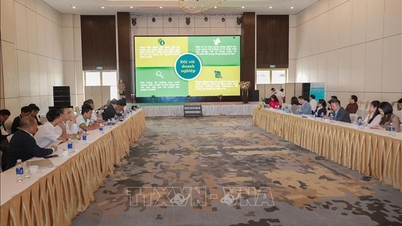

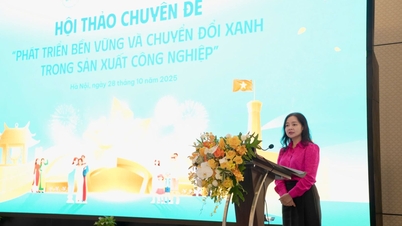
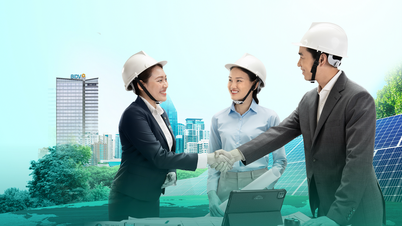

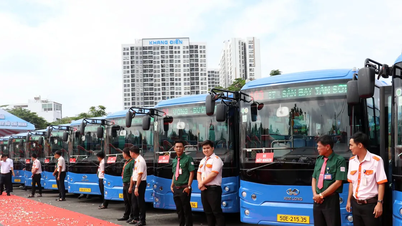

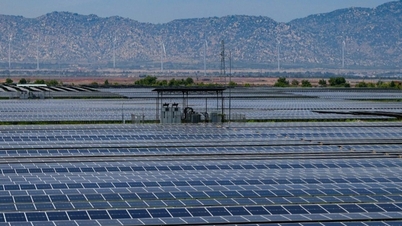



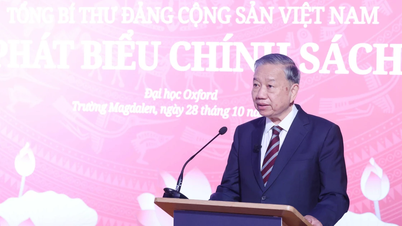

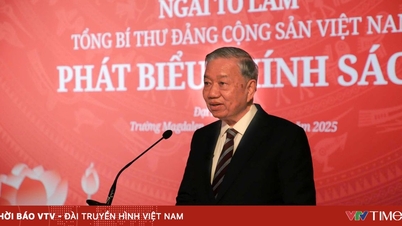
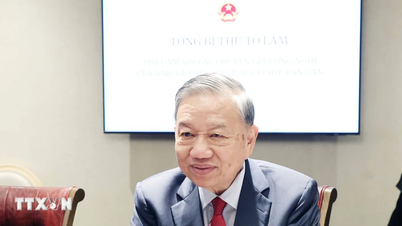

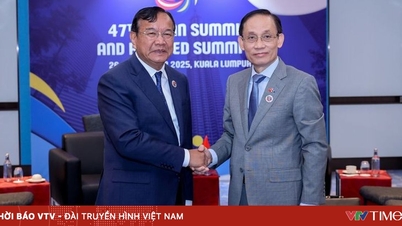
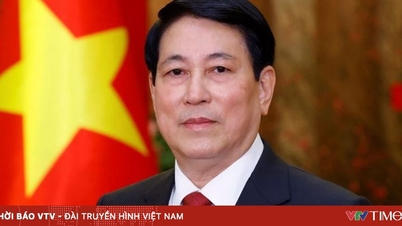
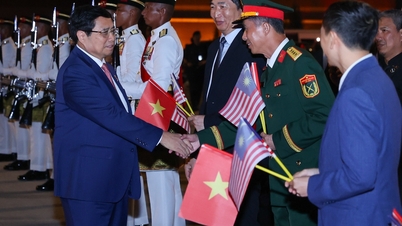





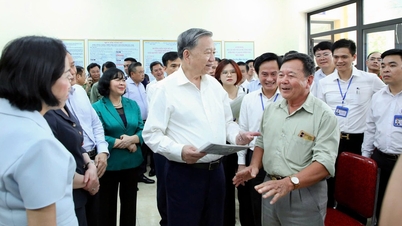
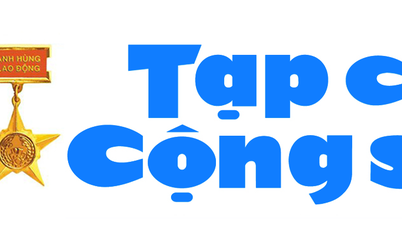
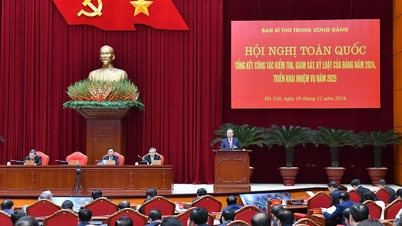
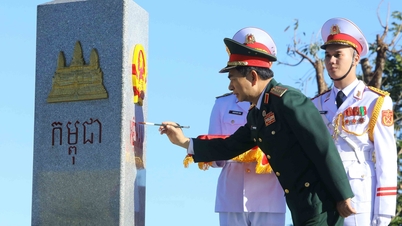
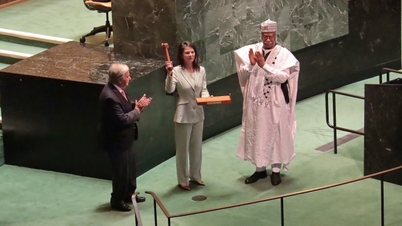
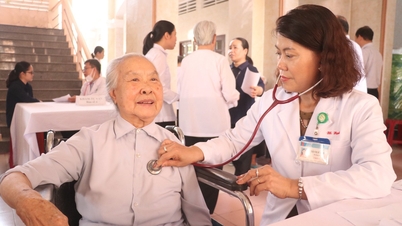

![[Photo] President Luong Cuong attends the 80th Anniversary of the Traditional Day of the Armed Forces of Military Region 3](https://vphoto.vietnam.vn/thumb/1200x675/vietnam/resource/IMAGE/2025/10/28/1761635584312_ndo_br_1-jpg.webp)
































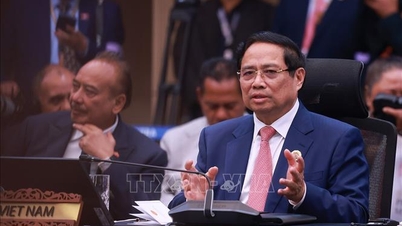
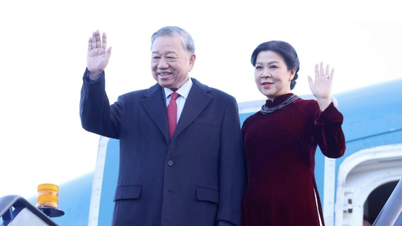


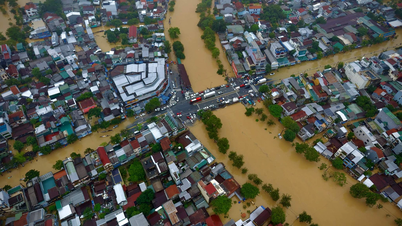


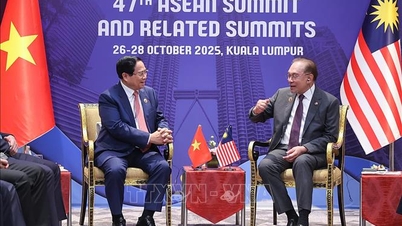
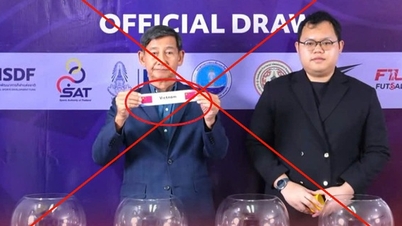

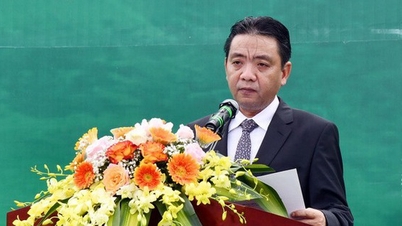
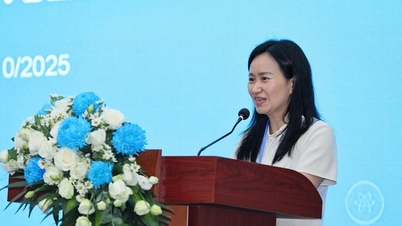

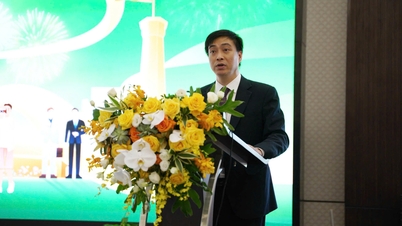


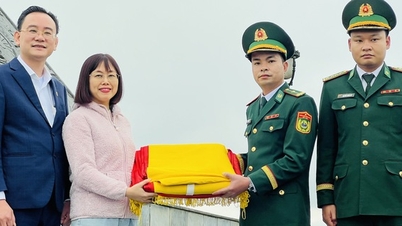
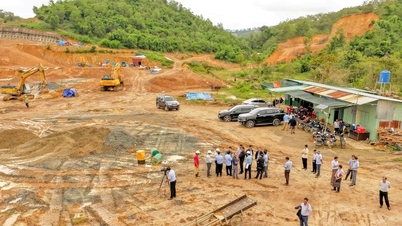





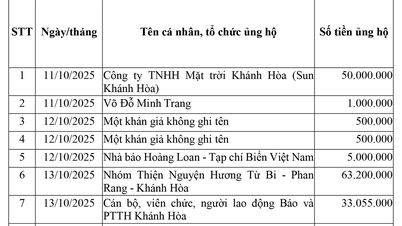

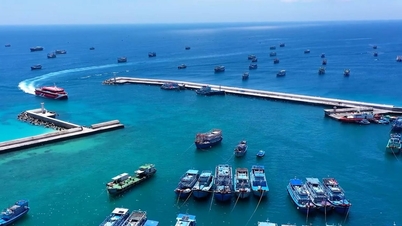
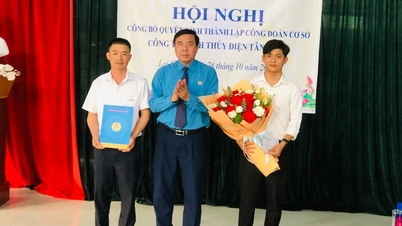
















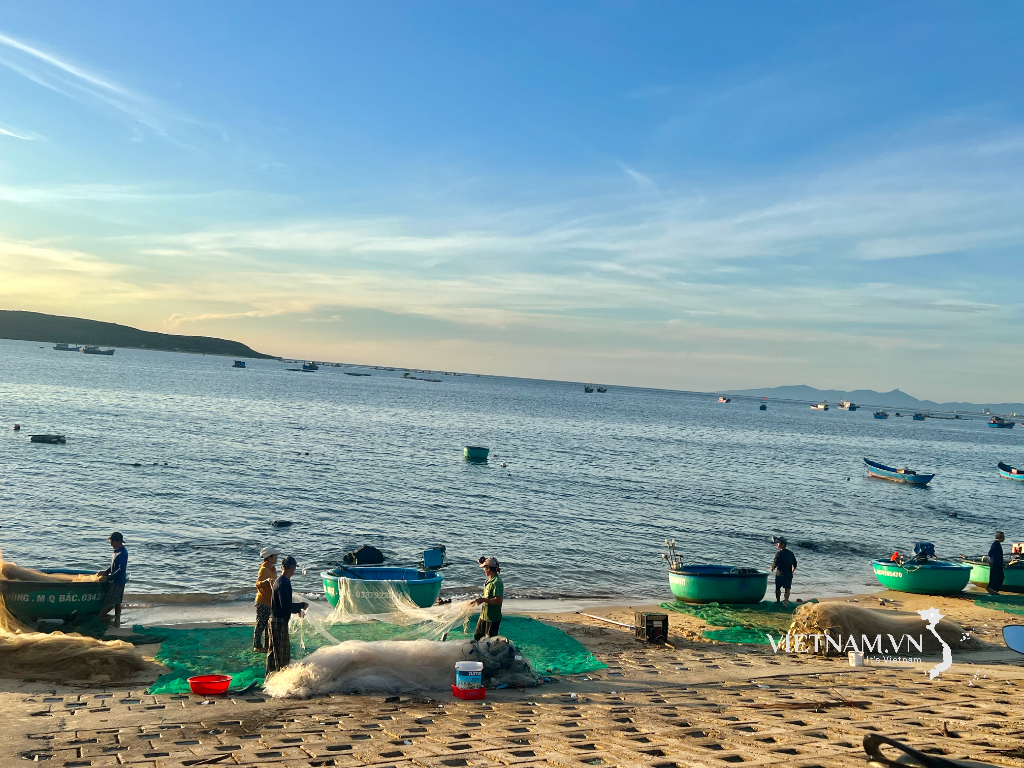
Comment (0)